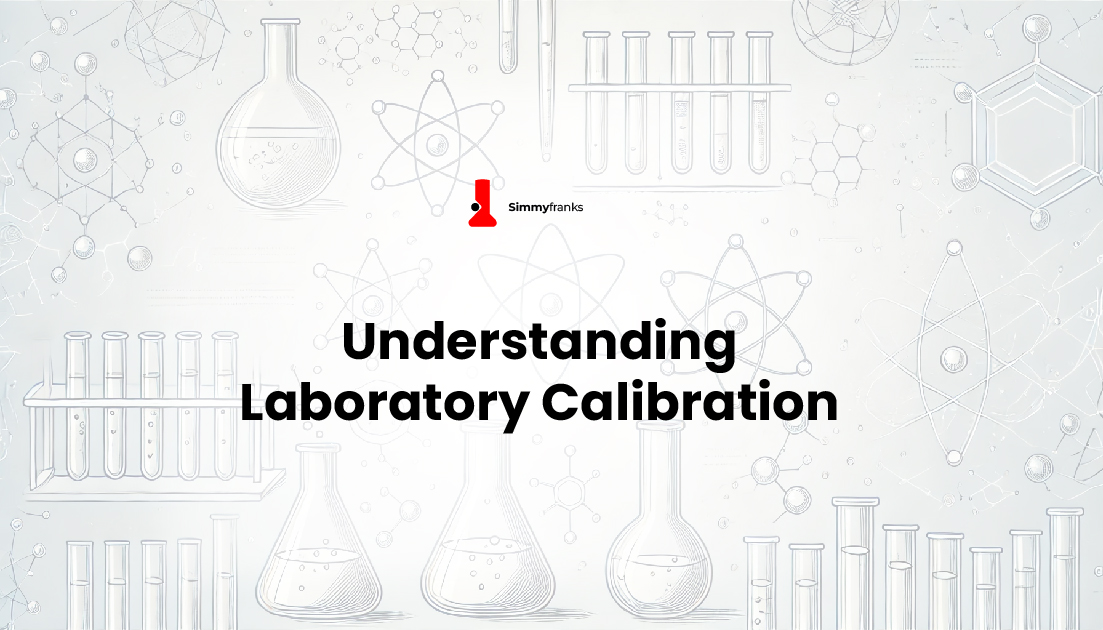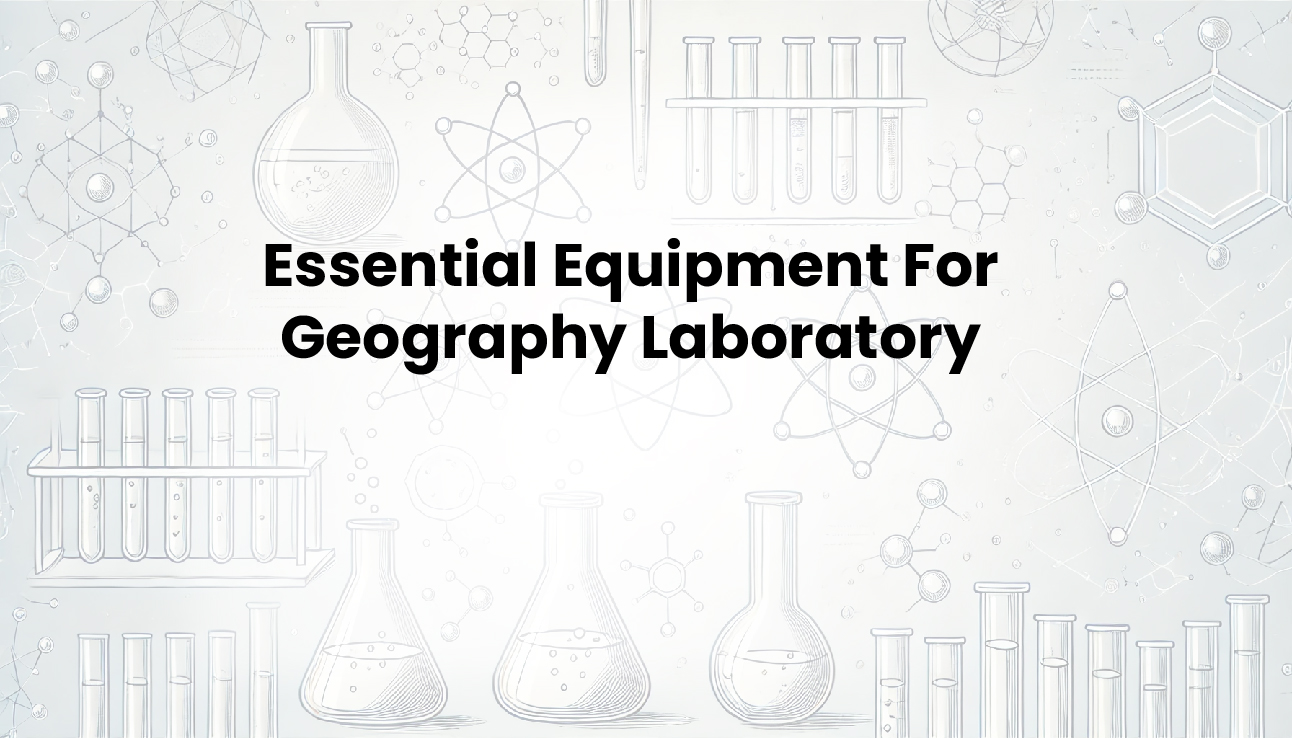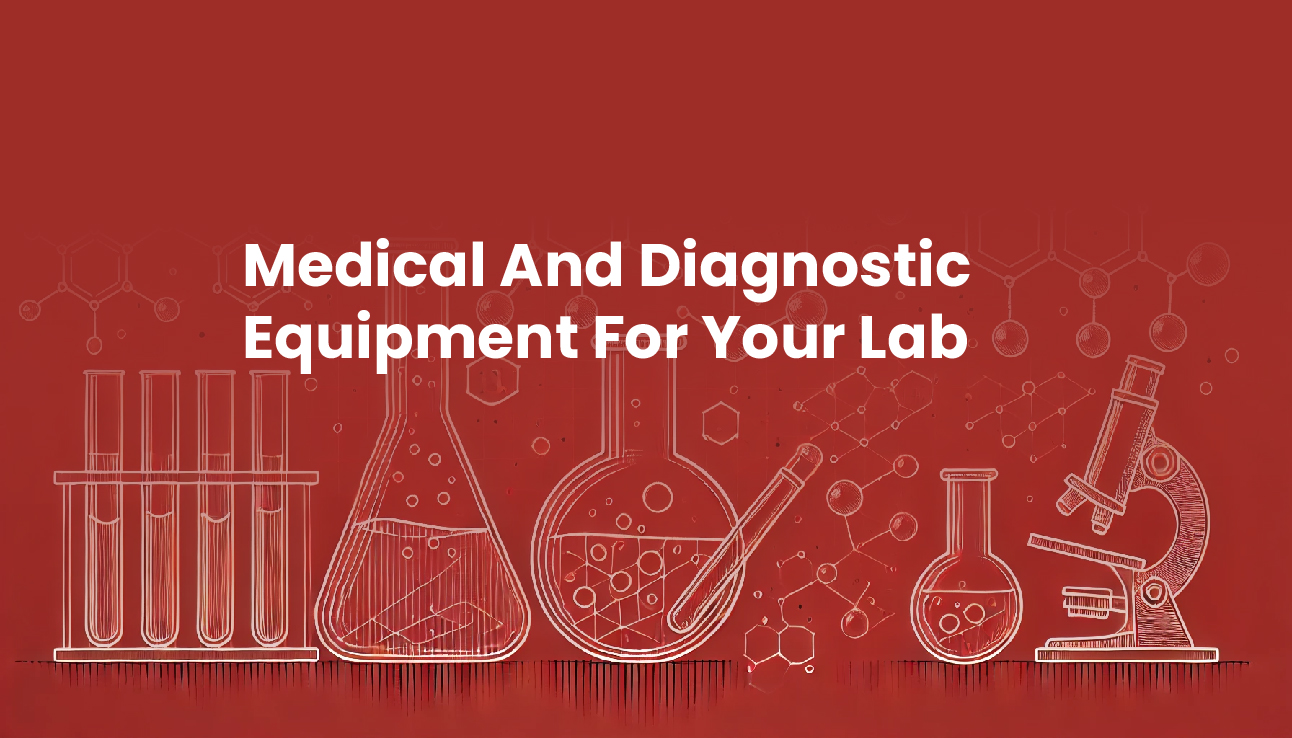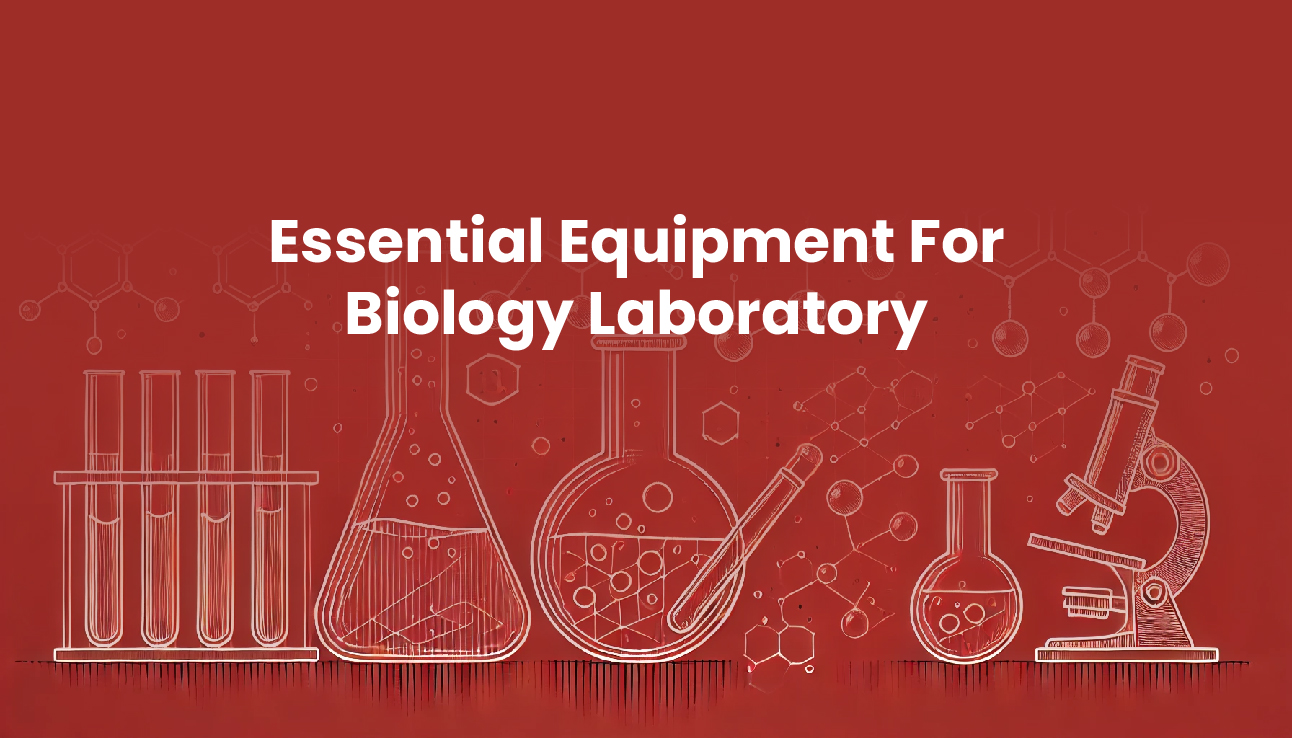Building a modern laboratory is a complex task that requires careful planning, expertise, and attention to detail. As a scientist, you understand the importance of a well-designed laboratory space that supports innovative research, ensures safety, and meets regulatory standards.
Whether establishing a new laboratory or renovating an existing one, this article will guide you through the essential steps to create a state-of-the-art facility that meets your needs and supports your scientific goals.
This article’ll explore the key considerations for laboratory design, equipment selection, Laboratory Information Management Systems (LIMS) implementation, safety and compliance, sustainability, and construction.
Our goal is to provide you with a comprehensive resource that will help you confidently navigate the process of building a modern laboratory. Let’s get started.
How To Build A Modern Laboratory: The Essential Guide
This guide will help you build a laboratory that is safe, efficient, and equipped for success. We’ll cover the essential steps, from designing the space to selecting the right equipment and safety features. Whether you’re building a new lab or upgrading an existing one, this guide will help you create a modern laboratory that supports scientific discovery and innovation.
I. Planning and Design
Before you start building your laboratory, it’s essential to plan and design the space carefully. This phase is critical to ensuring your laboratory meets your needs and supports your scientific goals. Here’s what you need to do:
- Define your laboratory’s purpose and scope: What type of research or testing will you be conducting? What are your goals and objectives?
- Identify the types of experiments and tests to be conducted: This will help you determine the equipment and instrumentation you need.
- Determine the required equipment and instrumentation: Make a list of the essential tools and technology you need to conduct your experiments and tests.
- Develop a floor plan and layout: Consider the workflow, traffic flow, and safety protocols when designing your laboratory layout.
- Consider safety features and emergency protocols: Think about ventilation systems, fire suppression systems, and emergency exits.
- Consult with experts and stakeholders: Talk to scientists, engineers, architects, and other experts to get their input and advice.
- Create a detailed project timeline and budget: Establish a realistic timeline and budget to ensure your project stays on track.
Carefully planning and designing your laboratory will create a safe, efficient, and functional space that supports your scientific work. Remember to take your time, do your research, and seek expert advice to ensure you get it right.
II. Equipment and Instrumentation
Outfitting your laboratory with the right equipment and instrumentation is crucial for conducting experiments, tests, and analyses. Consider these to help you make informed decisions:
Laboratory Furniture
- Benches: Consider ergonomic design, material durability, and space efficiency.
- Cabinets: Think about storage capacity, organization, and accessibility.
- Fume Hoods: Ensure proper ventilation, airflow, and safety features.
Analytical Instruments
- Microscopes: Choose between light, electron, or fluorescence microscopy.
- Spectrophotometers: Select appropriate wavelength ranges and sensitivities.
- Chromatographs: Consider gas, liquid, or thin-layer chromatography.
Measuring and Testing Equipment
- Pipettes: Opt for accuracy, precision, and ease of use.
- Thermometers: Select appropriate temperature ranges and resolutions.
- pH Meters: Ensure accuracy and durability.
Safety Equipment
- Gloves: Choose appropriate materials for chemical resistance.
- Goggles: Select impact-resistant and anti-fog models.
- First Aid Kits: Ensure compliance with regulatory requirements.
Key Things To Consider When Picking Out Equipments and Instruments
- Durability: Assess build quality and material durability.
- Accuracy: Evaluate instrument precision and reliability.
- Maintenance: Consider ease of maintenance, repair, and calibration.
- Compatibility: Ensure seamless integration with existing systems.
- Research and Compare: Evaluate different brands, models, and reviews.
III. Laboratory Information Management Systems (LIMS)
A Laboratory Information Management System (LIMS) is a software solution that manages and tracks laboratory data, samples, and testing results. Implementing a LIMS can revolutionize your laboratory’s efficiency, productivity, and data quality.
Overview of LIMS and their benefits
- Centralize laboratory data and information
- Automate data entry and reduce errors
- Enhance sample tracking and management
- Improve reporting and analytics capabilities
- Support compliance with regulations and standards
How To Choose The Right LIMS For Your Laboratory
- Assess your laboratory’s specific needs and requirements
- Research different LIMS vendors and products
- Evaluate features, pricing, and customer support
- Consider scalability, customization, and integration options
Implementation and integration with existing systems
- Plan a phased implementation to minimize disruption
- Integrate LIMS with existing instruments, software, and systems
- Ensure data migration and compatibility
- Provide training and support for laboratory staff
Consider data management and analytics capabilities
- Data visualization and reporting tools
- Analytics and statistical analysis capabilities
- Data mining and search functionality
- Compliance with data management regulations
Ensure user-friendly interface and training support
- Intuitive and user-friendly interface
- Comprehensive training and support programs
- Online resources and documentation
- Ongoing technical support and maintenance
Evaluate scalability and customization options
- Assess the LIMS’ ability to grow with your laboratory
- Consider customization options for workflows and interfaces
- Evaluate the vendor’s commitment to ongoing development and improvement
Implementing LIMS will transform your laboratory’s data management and analytics capabilities, leading to improved productivity, efficiency, and scientific discovery.
IV. Safety and Compliance
Ensuring the safety of laboratory personnel, the environment, and the community is a top priority. Here are some robust safety programs, regulations, standards, and guidelines that are important for a well-functioning laboratory.
Laboratory Safety Protocols and Guidelines
- Develop and implement standard operating procedures (SOPs) for laboratory operations
- Establish guidelines for personal protective equipment (PPE) usage
- Define protocols for handling hazardous materials and chemicals
Compliance with Regulations and Standards
- Occupational Safety and Health Administration (OSHA) guidelines
- Environmental Protection Agency (EPA) regulations
- International Organization for Standardization (ISO) standards
- Familiarize yourself with relevant laws and regulations
Training and Education for Laboratory Personnel
- Provide regular training sessions on laboratory safety and protocols
- Offer workshops on hazardous material handling and emergency response
- Ensure personnel understand compliance requirements
Hazardous Material Handling and Disposal
- Develop procedures for handling and storing hazardous materials
- Ensure proper disposal and waste management
- Label and sign hazardous material storage areas
Emergency Response Planning and Drills
- Develop an emergency response plan (ERP) and conduct regular drills
- Establish communication protocols and emergency contact numbers
- Designate emergency response teams and assign roles
Regular Inspections and Audits
- Conduct regular laboratory inspections to identify hazards and risks
- Perform audits to ensure compliance with regulations and standards
- Address and document corrective actions and improvements
Doing all of this will create a secure and responsible research environment that protects personnel, the environment, and the community.
V. Sustainability and Environmental Considerations
As a laboratory owner, you have the power to make a positive impact on the environment. By embracing sustainability and reducing your environmental footprint, you’ll not only contribute to a healthier planet but also enhance your reputation and bottom line. Doing the following will help:
- Replace traditional light bulbs with LED bulbs, which use up to 90% less energy
- Install motion sensors to automatically turn off lights and equipment when not in use
- Fix leaks promptly to avoid wasting precious water resources
- Install low-flow faucets and water-efficient equipment
- Implement recycling programs for paper, plastic, glass, and hazardous waste
- Use eco-friendly laboratory supplies, such as biodegradable gloves and recyclable pipette tips
- Conduct regular sustainability audits to identify areas for improvement
- Set goals and track progress towards reducing your environmental footprint
- Research and implement sustainable laboratory techniques, such as solvent-free chemistry
- Explore innovative technologies, like energy-harvesting equipment and sustainable materials
- Educate and engage laboratory personnel on sustainable practices and their importance
- Encourage employee suggestions and innovations for reducing waste and improving efficiency
VI. Construction and Installation
The construction and installation phase is a critical part of building a modern laboratory. This is where your design plans come to life, and your laboratory takes shape. To achieve this, do the following:
- Collaborate with experienced contractors and architects familiar with laboratory construction
- Ensure they understand your laboratory’s specific needs and requirements
- Work together to resolve any design or construction issues that arise
- Install equipment and instrumentation according to manufacturer’s instructions
- Ensure proper calibration and testing of equipment
- Label and sign equipment and instrumentation
- Design and install ventilation systems that meet laboratory requirements
- Ensure adequate plumbing and water quality
- Install emergency eyewash and shower stations
After Construction and Installation Of Equipment, do the following:
- Conducting Thorough Inspections and Testing:
- Inspect the laboratory for any defects or hazards
- Test equipment and systems to ensure proper function
- Conduct safety training and drills
- Provide comprehensive training on new equipment and systems
- Ensure personnel understand proper usage and maintenance
- Offer ongoing support and training as needed
- Comply with relevant building codes and laboratory standards
- Meet OSHA and EPA regulations
- Obtain necessary certifications and accreditations
Doing all of these will ensure that your laboratory is safe and ready for use.
SimmyFranks: Your Partner in Building Modern Laboratories
At SimmyFranks, we specialize in laboratory design, equipment, and LIMS implementation. Our team of experts will work with you to create a customized laboratory solution that meets your needs and budget. Contact us today to get started!
How To Build A Modern Laboratory: Frequently Asked Questions (FAQ)
1. What is the most important factor to consider when building a modern laboratory?
Safety. A safe laboratory environment is crucial for personnel, equipment, and the success of experiments and tests.
2. What is LIMS, and why is it essential in a modern laboratory?
Laboratory Information Management System streamlines laboratory operations, data management, and analytics, and improves efficiency and accuracy.
3. How can I ensure sustainability in my laboratory?
Implement energy-efficient practices, conserve water, adopt sustainable laboratory protocols, and encourage a culture of sustainability.
4. What are the key considerations when selecting laboratory equipment?
Durability, accuracy, maintenance requirements, compatibility, and integration with existing systems.
5. How can I ensure compliance with regulations and standards in my laboratory?
Stay up-to-date with changing regulations, conduct regular inspections and audits, and provide training and education for personnel.
6. What is the importance of proper ventilation and plumbing in a laboratory?
Proper ventilation and plumbing ensure a safe and healthy environment, prevent contamination, and protect equipment and personnel.
7. How can I ensure a smooth transition to a new laboratory space?
Plan, communicate with personnel, conduct thorough training, and ensure all equipment and systems are properly installed and tested.
Editor’s Recommendations
- Design, Construction, and Installation of Mobile Laboratory
- How To Safeguard Laboratory Environments: The Role Of Proper Ventilation and Fume Hoods
- Tips For Selecting The Right Laboratory Equipment
- Laboratory Equipment Cost In Nigeria
- Petroleum Testing Laboratory: How To Ensure Quality And Safety In The Oil And Gas Industry





